|
Nanotechnology News from Nanowerk

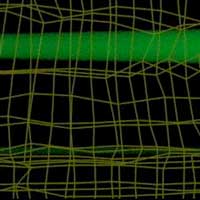 Researchers have merged optical, chemical and materials sciences to utilize light to control the local dynamic behavior within a hydrogel, much like the ability of the iris and pupil in the eye to dynamically respond to incoming light. 
 Researchers are investigating light-emitting defects in materials that may someday form the basis of quantum-based technologies, such as quantum computers, quantum networks or engines that run on light. Once understood, these defects can become controllable features. 
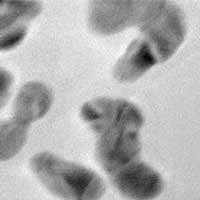 Patented 'beam chopper' provides cost-effective way to investigate super-fast processes important for tomorrow's technology. 
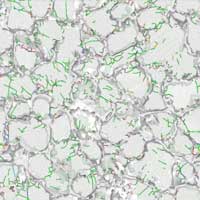 A new study has resulted in a new understanding of how individual atoms of metal grains interact with each other, as well as a way to use those physics to achieve super-strong metals. 
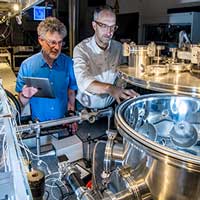 Researchers are planning to develop imaging that can look at biological systems at a much higher resolution and definition. 
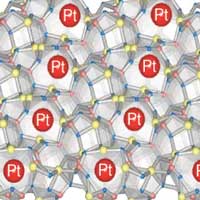 Scientists have shown that single platinum atoms trapped in C12A7 crystals act as a stable and effective catalyst for the hydrogenation of nitroarenes, an essential process in the production of many kinds of fine chemicals. 
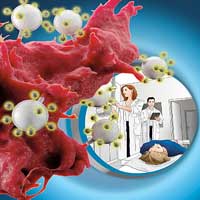 A team of researchers has produced tiny nanoparticles that are designed to specifically target cancer cells. They can navigate directly to the tumor cells and visualize those using advanced imaging techniques. 
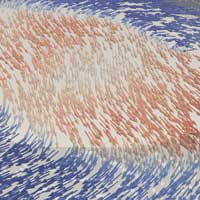 For the first time, researchers have recorded a '3D film' of magnetic processes on the nanometer scale. This reveals a variety of dynamics inside the material, including the motion of swirling boundaries between different magnetic domains. 
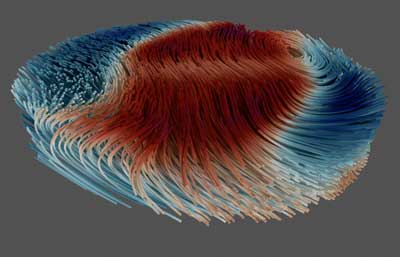 Scientists have developed a three-dimensional imaging technique to observe complex behaviours in magnets, including fast-moving waves and 'tornadoes' thousands of times thinner than a human hair. 
 Researchers prepared a SiO2 modified gold nanocatalyst through co-deposition of gold and silica precursors on the TiO2 support and subsequent high temperature calcination. 
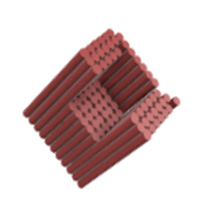 A broadly applicable and simple chemical protection strategy removes a major roadblock in the development of therapeutic and diagnostic DNA nanostructures. 
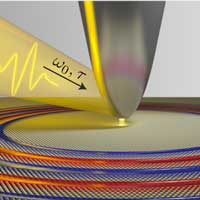 Researchers have discovered a significant new fundamental kind of quantum electronic oscillations, or plasmons, in atomically thin materials. Their work has potential implications for novel imaging techniques and photochemical reactions at the nanoscale. 
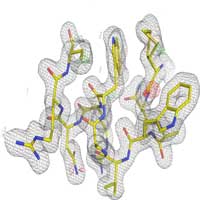 Scientists present a method for serial electron diffraction of protein nanocrystals combining the benefits of serial X-ray crystallography and rotation electron diffraction. 
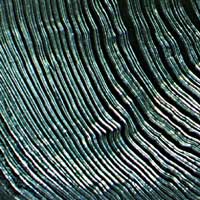 Plant-based cellulose nanocrystals have remarkable inherent properties, and when combined with water, a powerful adhesive is formed that competes in strength with Superglue, without the need for toxic solvents. 
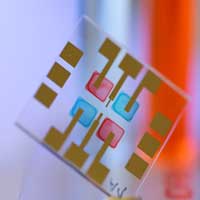 Researchers develop printable organic photodiodes that can distinguish wavelengths and, hence, enable data transmission by light. 
|
|